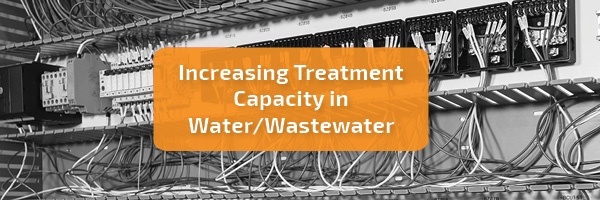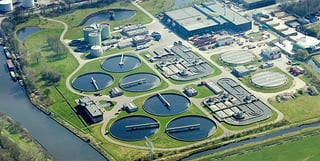
Unnecessary Waste
Every year, the world discharges 2 million tons of sewage, industrial and agricultural waste, polluting waterways and directly killing 1.8 million children from waterborne diseases. This statement alone should be enough to encourage an effective framework for increasing a country’s capacity to treat wastewater for a healthier environment.
However, there’s more to the picture than simply setting up Wastewater Treatment Facilities in every major city. The most haunting issue that any country faces when it comes to setting up a high-capacity plan is the steep capital investment. Wastewater Treatment Plants (WWTP) are necessary for our survival but at the same time they are a major energy consumer and have high maintenance costs.

WWTPs are currently scattered around in almost every country with downstream pollution, but it has been repeatedly found that 30-40% of energy used by the plants is dissipated due to inefficiencies. Any wastewater plant’s capacity can be increased in one of two ways:
- Optimization
- Extension
Increasing Efficiency
Increasing volume of wastewater and introducing tougher effluent requirements would only increase inefficiency as the current system is unable to handle such load. On the other hand, by eliminating some of the unnecessary infrastructure, the capacity can be increased and a stream of innovations can also be created.
Compared to increasing the number of tanks, optimization will:
- Increase capacity
- Reduce effluents of pollutants downstream
- Reduce population’s chances of contracting diseases
- Increase the plant’s flexibility owing to changing requirements
The widespread implementation of industrial automation technologies is the key here. Supervisory Control and Data Acquisition (SCADA) systems are already extensively in use by utility companies including Wastewater Treatment Plants. The problem with efficiency however remains at a standstill as the SCADA systems operate at fixed set points defined by operators. Efficiency can be improved by instilling intelligence within the system by allowing it to monitor parameters like presence of chemicals in real-time. This will keep the processes auto-tuned as per the plants’ requirements, preventing any miscalculations, unnecessary runtimes and accidental spillages.
The system will need a moderate overhaul though using a step-by-step approach. The plant’s configuration would go through alteration including the introduction of artificial intelligence software and associated hardware along with supplementary networking equipment so the plant can run at its fullest without any glitches.
Interested in learning more about quality and safe industrial automation? Speak to one of our experts!





